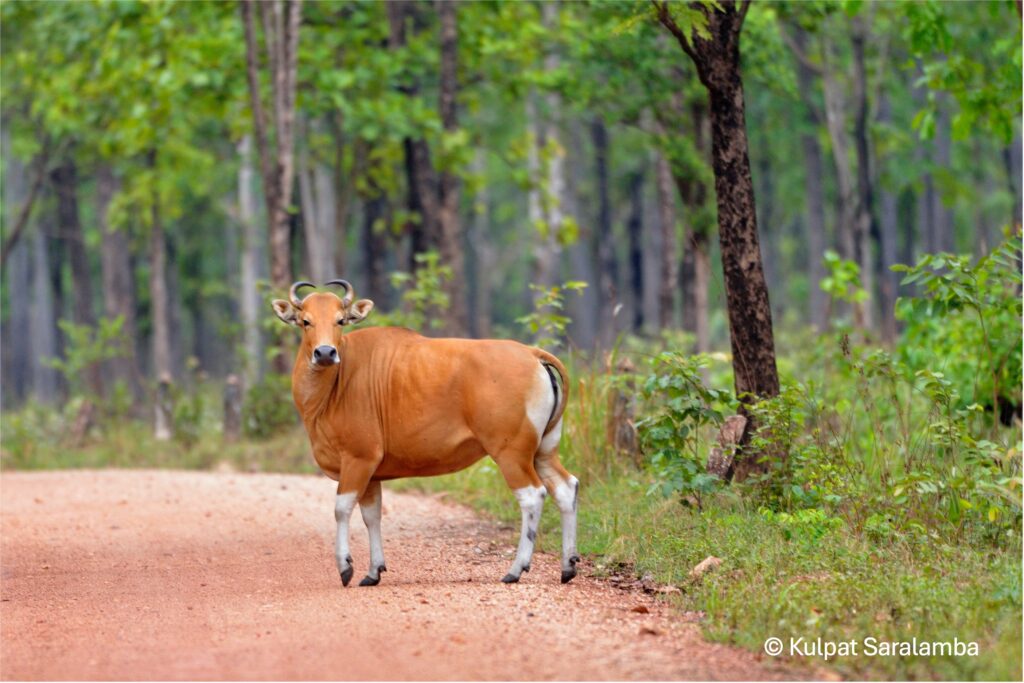Despite an increase in its population in some source habitats here, Banteng, a wild bovine of Southeast Asia, is still critically considered endangered and under threat. It is placed under the IUCN Red List as Endangered Species.
Wildlife experts and conservationists have recently shared their views on the status of this critical prey in the forest ecosystem and the way forward to conserve it in the wild at the book launch, Beautiful Banteng…Iconic Rarity of Lowland Forests, held at Bangkok Art and Culture Centre, where the photo exhibition of the same name is running until April 7.
Robert Steinmetz of WWF Thailand shared his study, saying that Banteng is relatively close to extinction in SE Asia due to a heavy reduction of its population. This is significantly caused by habitat loss and human-driven activities including poaching.
It is estimated that around 8,000 banteng remain in Myanmar, Cambodia, Laos, Vietnam, Indonesia, Malaysia and Thailand. Around 70% of Cambodia’s population alone extensively disappeared during the last decade. A heavy loss of its habitat and hunting are cited as the main causes of this severely declining population.
He said that Thailand with some critical source habitats like Huai Kha Kheng in the West and Khao Ang Lue Nai in the East can have a significant role in protecting and preserving this rare species. Protecting and preserving its lowland forest habitats is also an important way to safeguard it.
“Banteng is not only a treasure for Thai people, but also the world. It is also regarded as an ecosystem engineer. Its forever loss has meant a lot to the forest’s ecosystem,” he said, adding its extinction, if any, is indeed a morale issue after all.
The Department of National Parks, Wildlife and Plant Conservation said it has formulated a 10-year plan to increase the population of banteng here. Dr. Somying Thunhikorn, representing the DNP’s Wildlife Research Division, said the department held a meeting to synthesise available data and information regarding the species last year with wildlife experts to map out its distribution.
The data was collected from 210 protected areas, and it’s learned that banteng was present in only 22 areas. 13 of these showed evidence of its breeding and reproduction, while only a few areas, Huai Kha Kheng and Khao Ang Lue Nai included, represent its source habitats. At least eight areas are identified as having no banteng present, compared to the last 20 years.
Dr. Somying said that the population here is relatively low compared to the previous records. A few large populations of the species are present in only a few protected areas. Around 500 banteng inhabit Huai Kha Khaeng Wildlife Sanctuary, around 200 of them are estimated in Khao Ang Rue Nai Wildlife Sanctuary, and 100 in Khuean Srinagarindra National Park in Kanchanaburi province.
The department has planned to reintroduce the species in those eight forest areas that have lost it over the past 20 years such as Thung Salaeng Luang National Park in Phitsanuloke province, Phu Khieo Wildlife Sanctuary in Chaiyaphum, Namnao National Park in Phetchabun, Kaeng Krachan National Park in Phetchaburi, and Pachi Wildlife Sanctuary in Ratchaburi province.
“We will use the successful case from Salakphra Wildlife Sanctuary in Kanchanaburi as a model to release banteng into the wild. We need cooperation from all stakeholders to make it happen,” she said.
It is also under the department’s plan to increase the population in protected areas next to the source habitats, citing the distribution of the population from Huai Kha Kheng to the adjacent Maewong National Park.
Dr. Boripat Siriaroonrat, a researcher at Mahidol University’s Faculty of Environment and Resource Studies, voiced his concern that the animal has a high risk of being under threat from many clinical diseases such as foot and mouth disease and more from free-range farm animals roaming nearby. He said the success of the conservation of the species needs support from the work in an ex-situ environment and cooperation from the locals as the work can help support and boost the population in the wild.
The country’s noted wildlife expert, Prof. Dr. Naris Bhumpakphan at KU’s Forestry Faculty, agreed, saying the species needs protection at its source habitats, the efforts to introduce it nearby and where it’s absent, as well as cooperation and public awareness from the public at large.
Learn more about the species at the exhibition on BACC’s Curved Wall, 5th Floor, until April 7, and from the E-Book below.
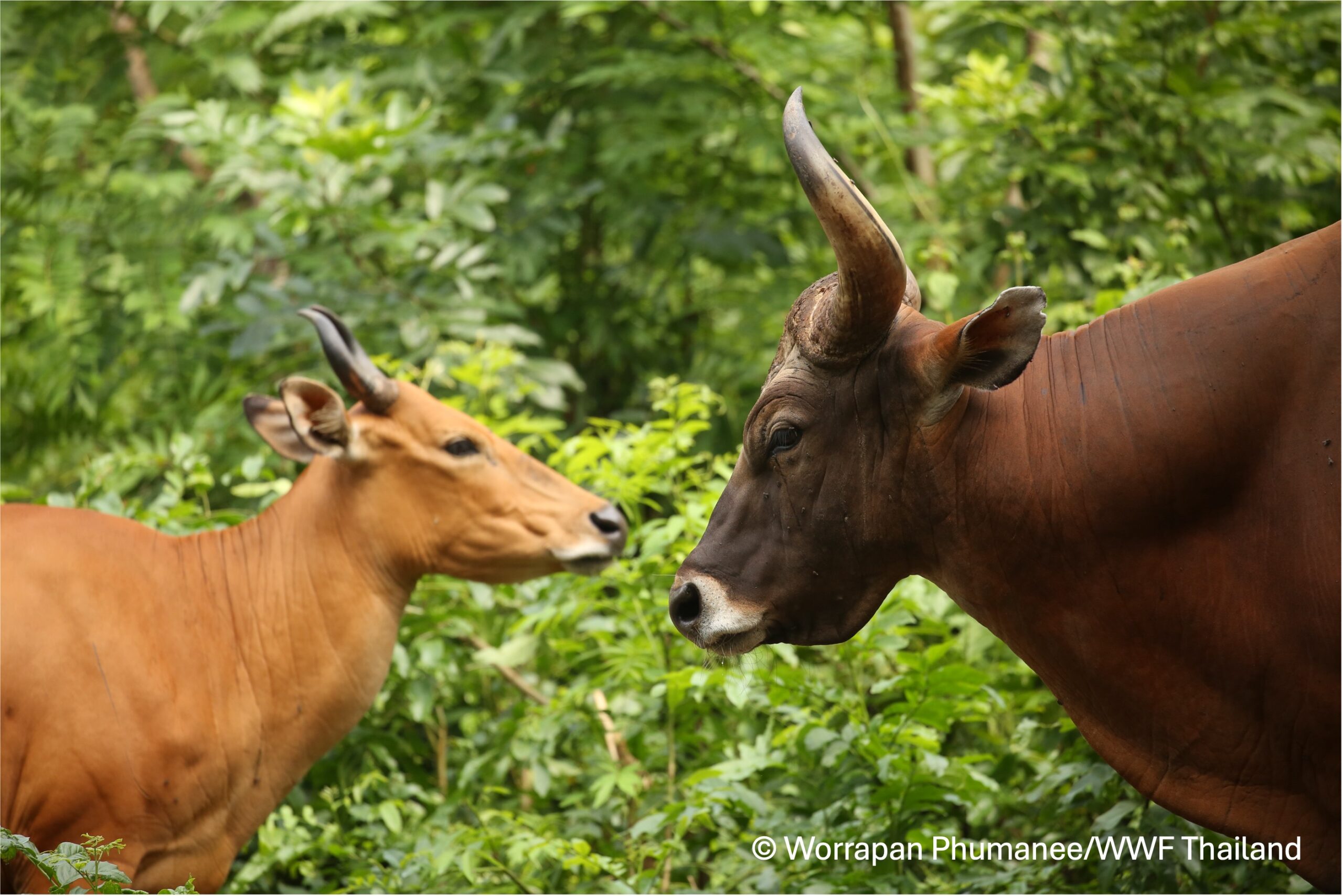
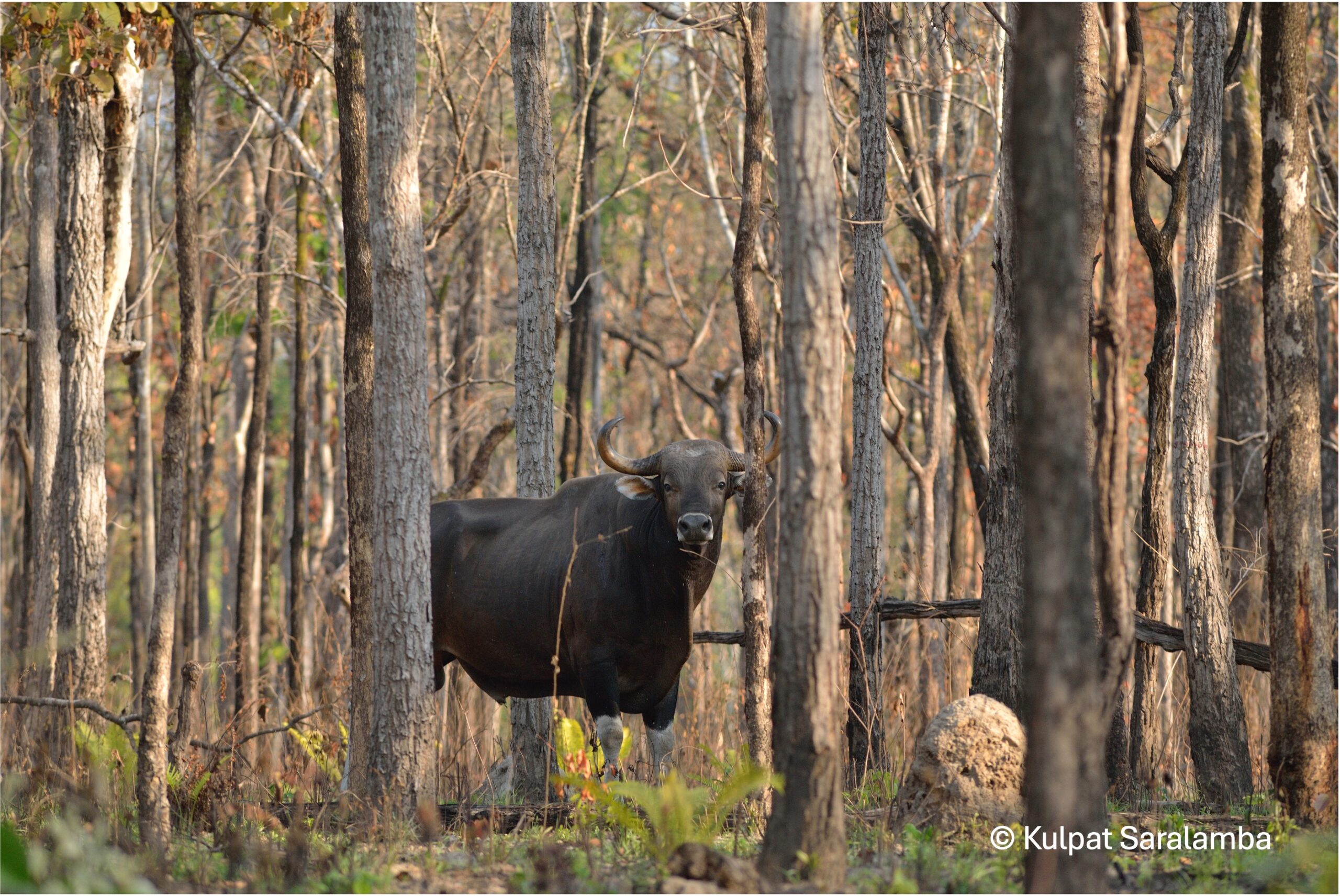
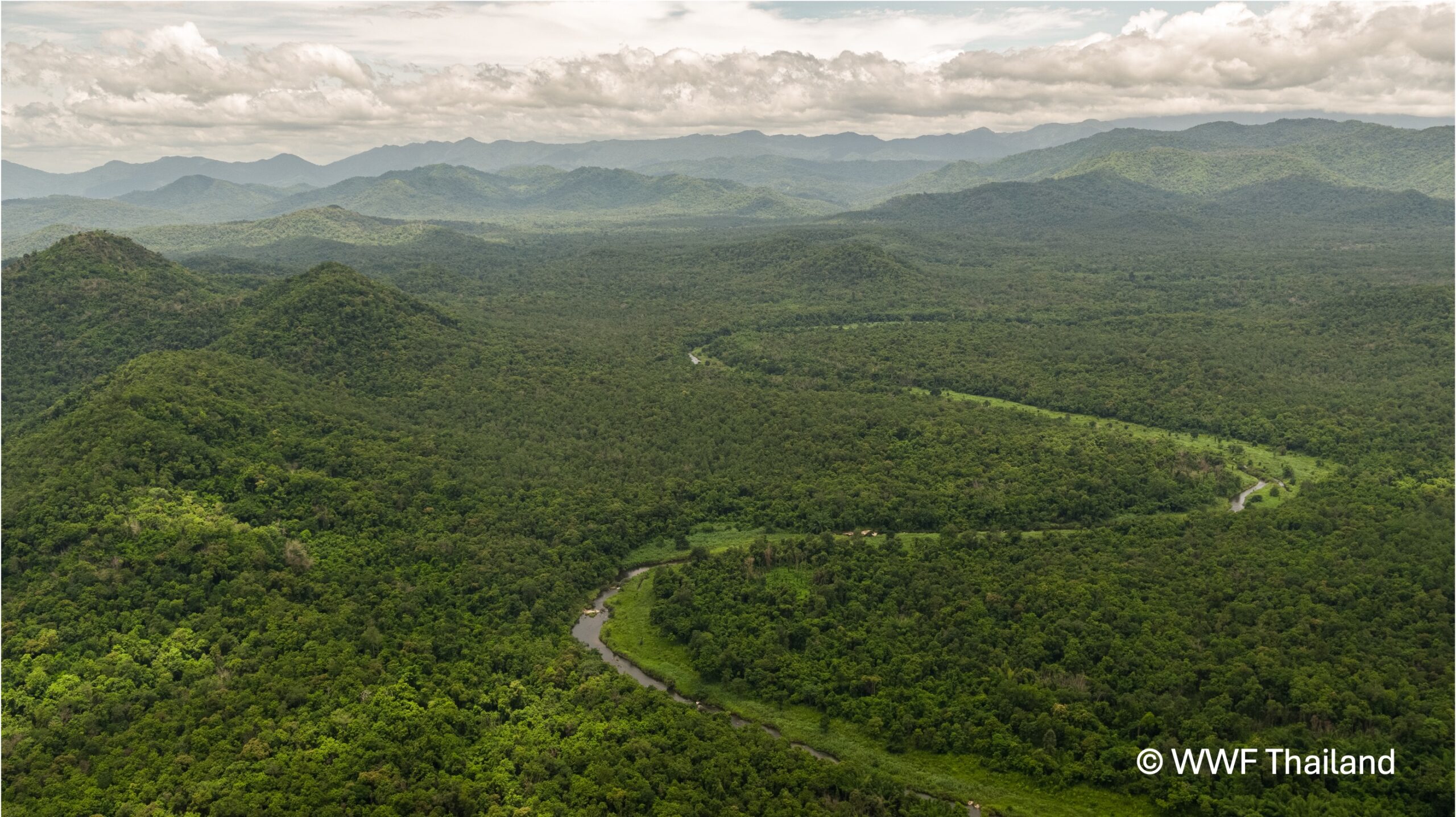
like this is a prime banteng habitat but is nowadays very rare.
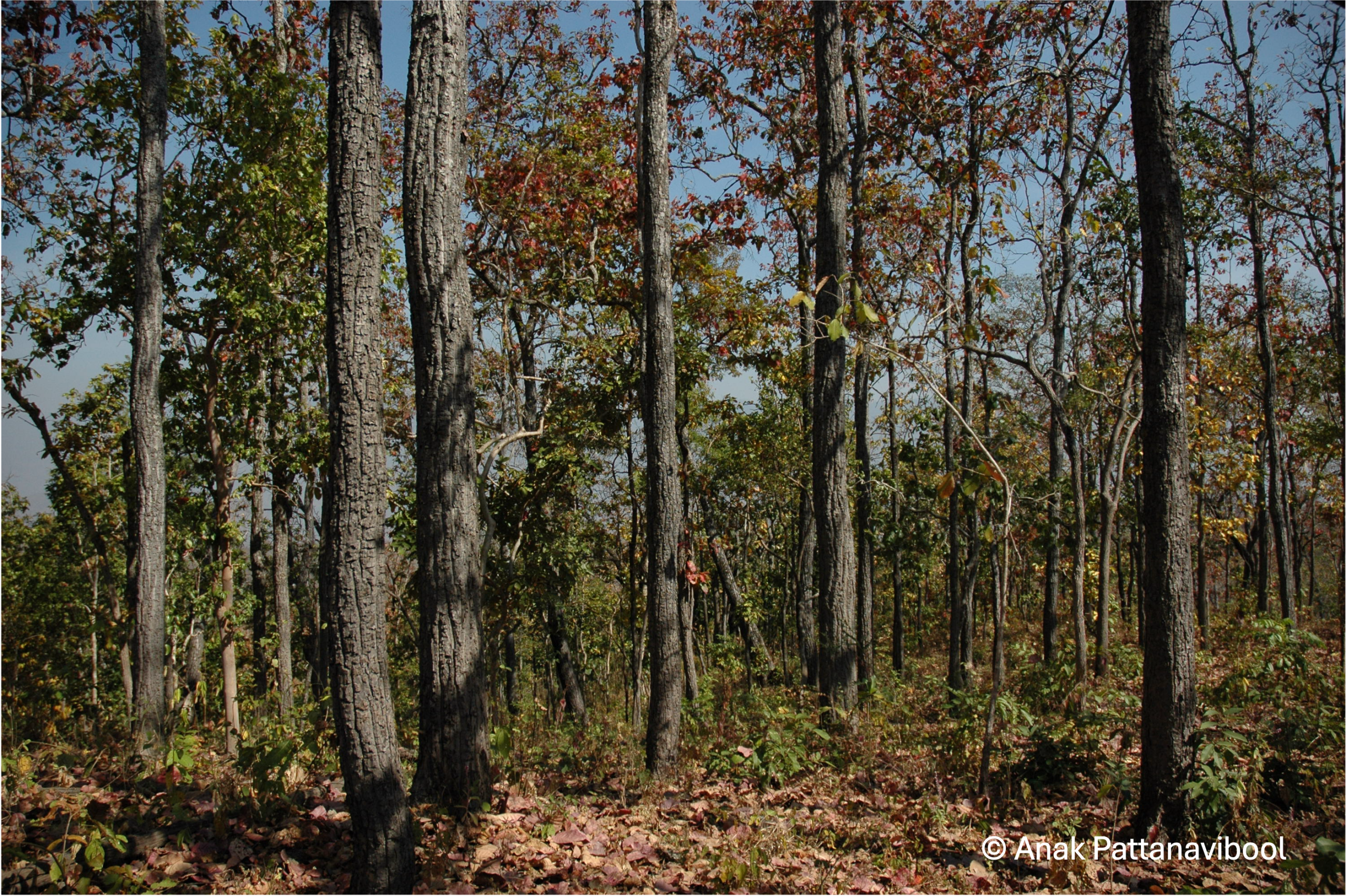
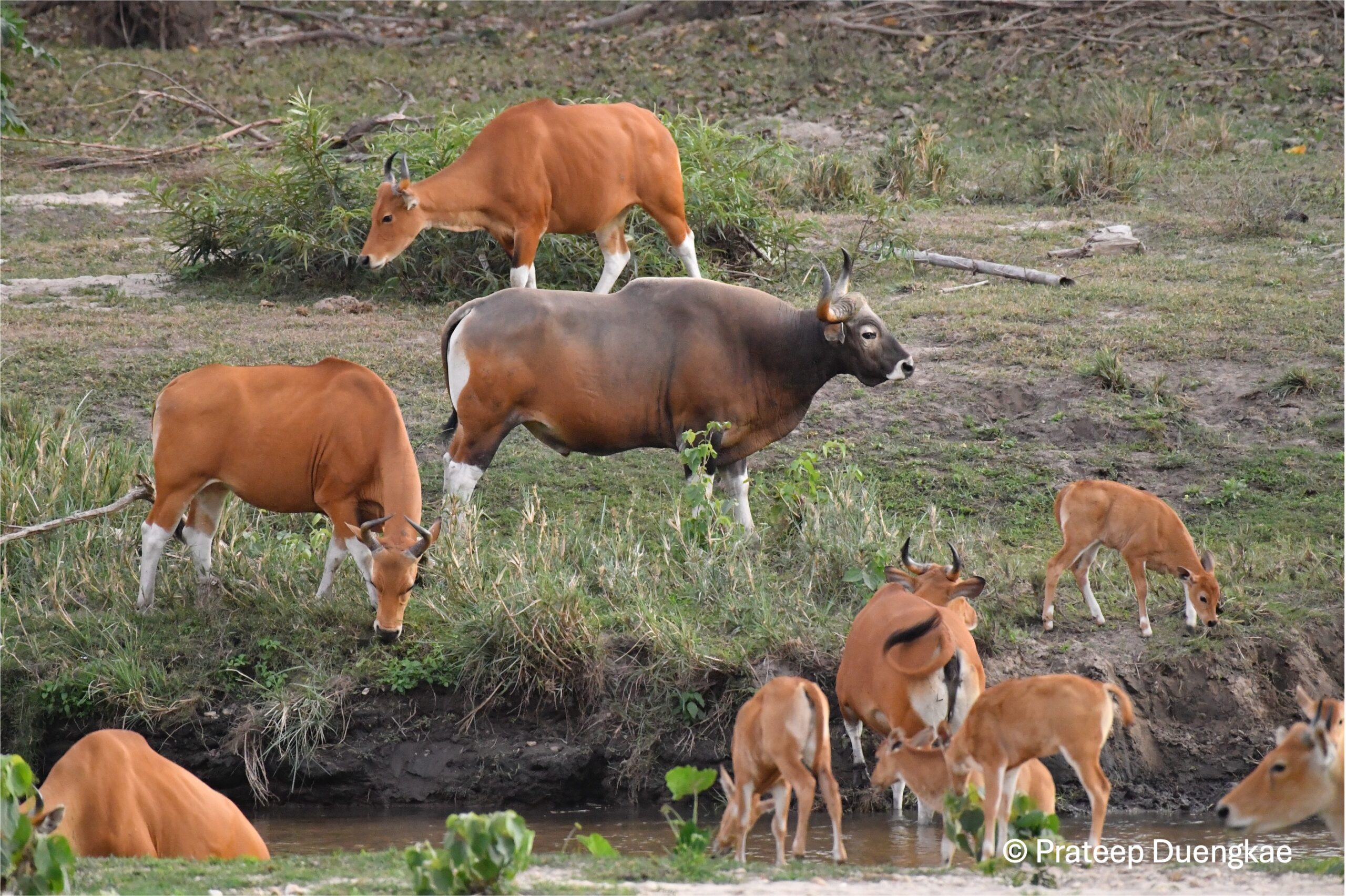
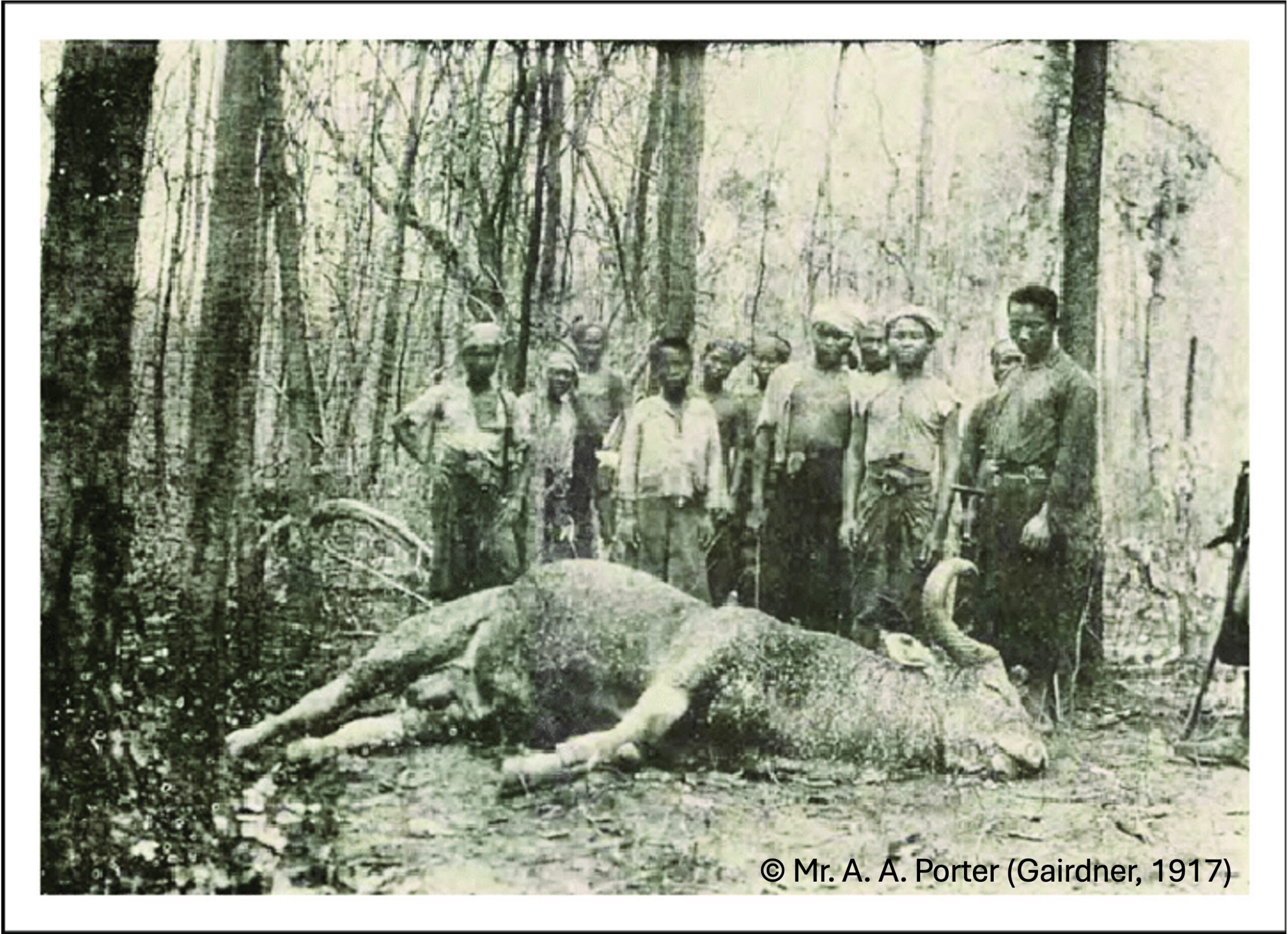
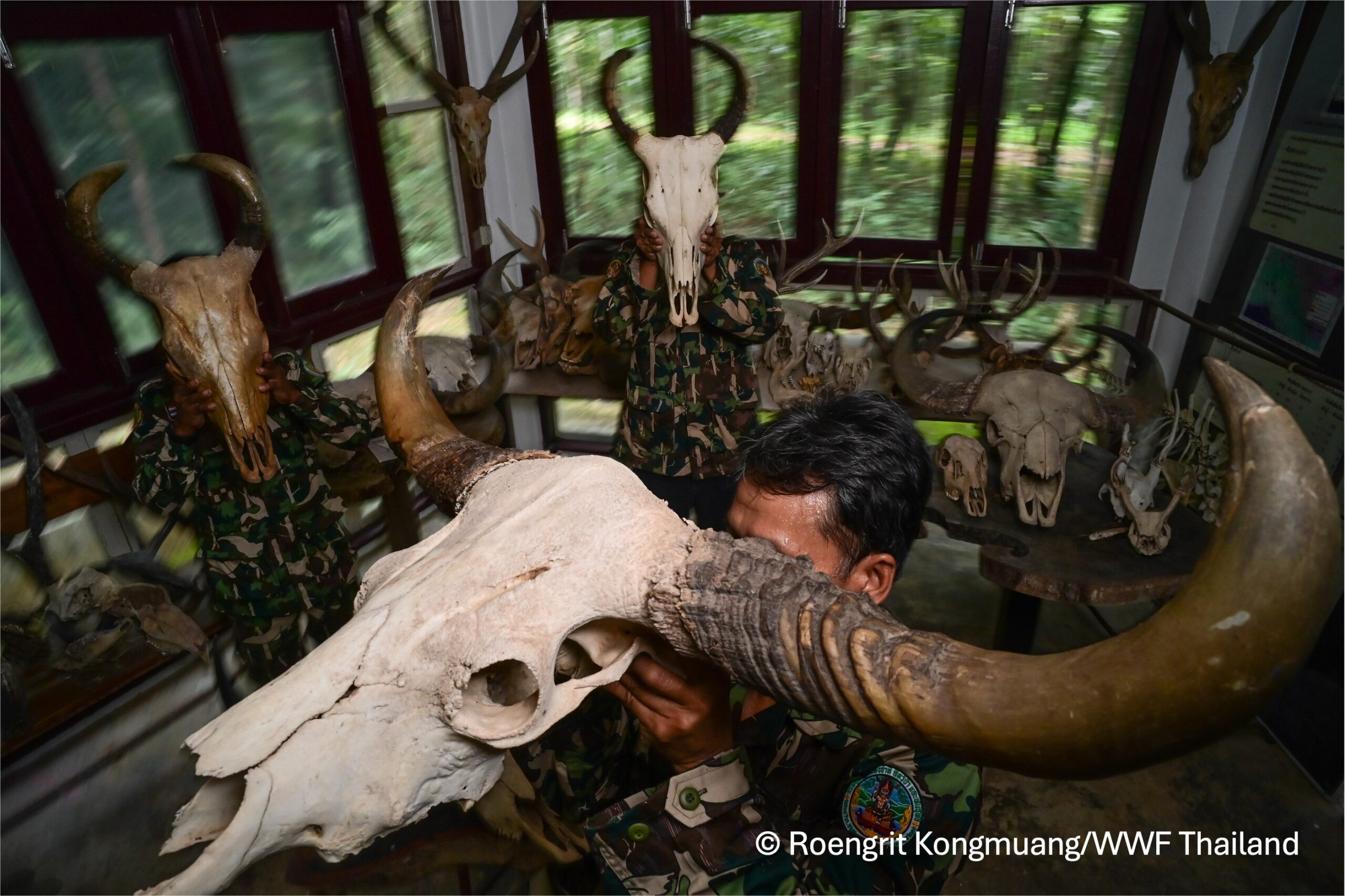
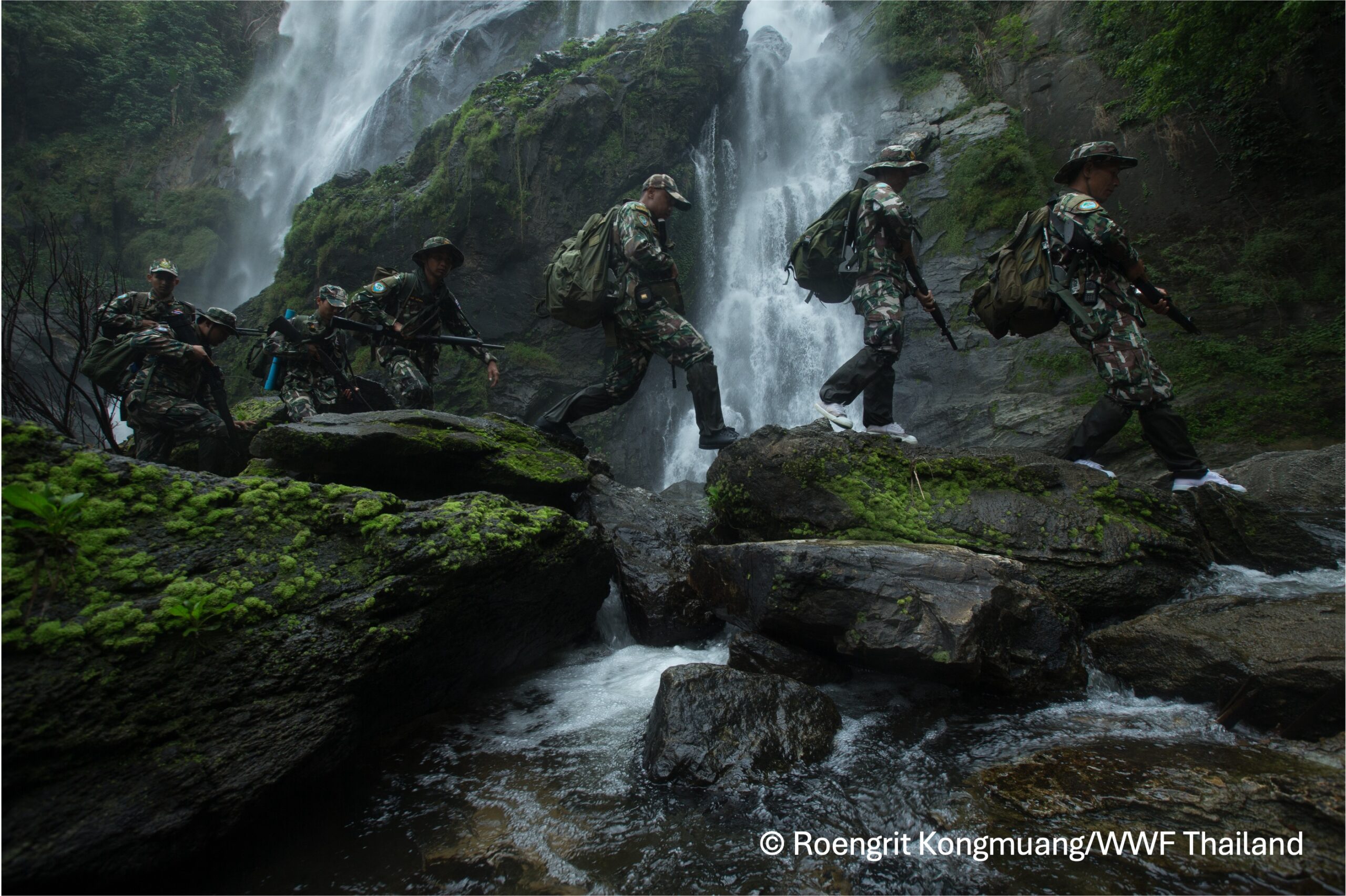
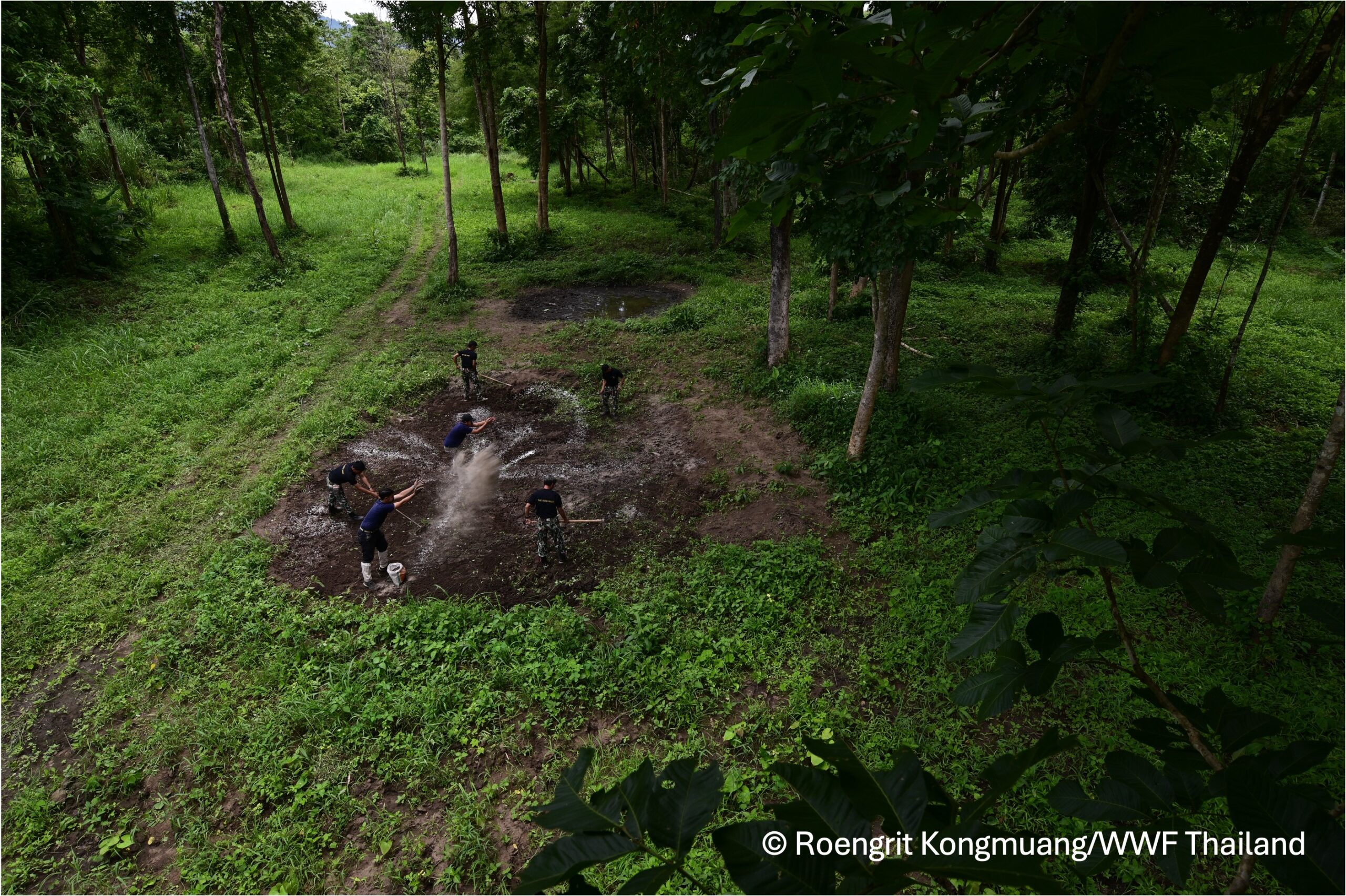

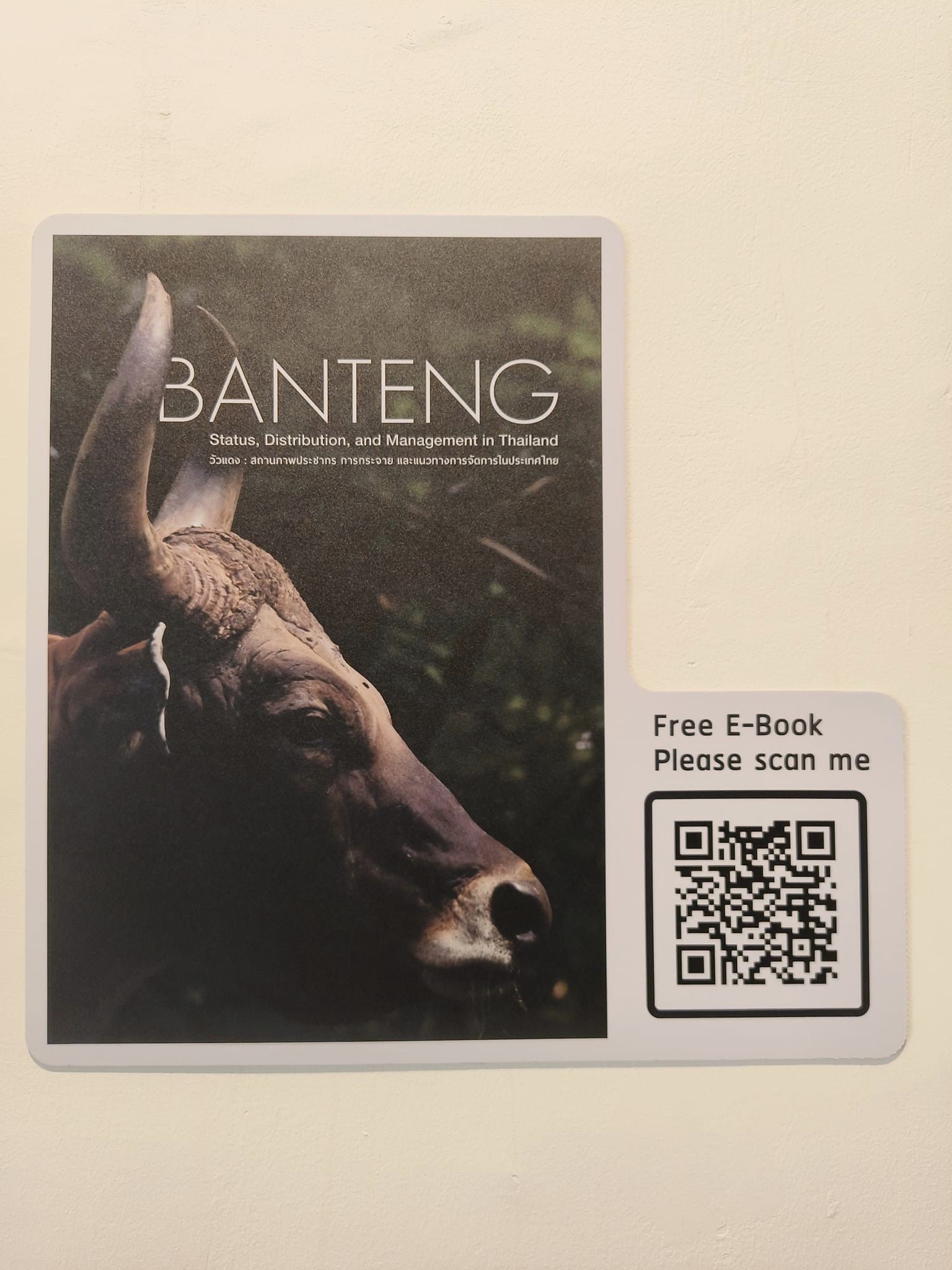
Indie • in-depth online news agency
to “bridge the gap” and “connect the dots” with critical and constructive minds on development and environmental policies in Thailand and the Mekong region; to deliver meaningful messages and create the big picture critical to public understanding and decision-making, thus truly being the public’s critical voice

